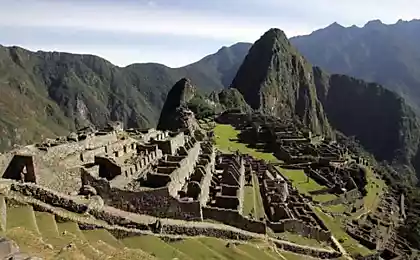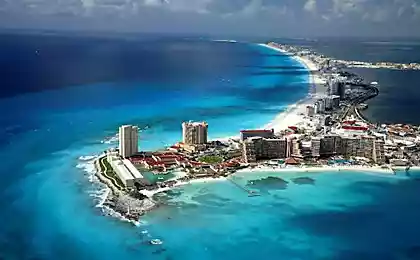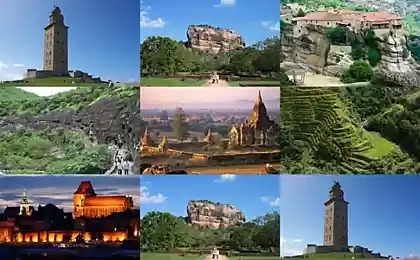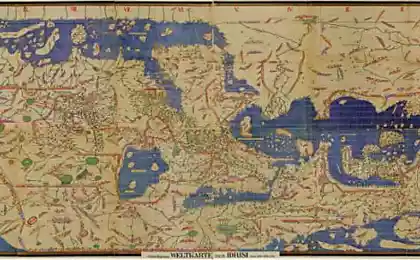423
Cuenca is a city in Spain
In the middle of the XII century Arab geographer al-Idrisi describes Cuenca as the ancient settlement near the artificial lake, surrounded by well-fortified walls. In 1177, the Castilian king Alfonso VIII, Cuenca takes the attack and makes it the capital of his Kingdom and the center of the diocese.
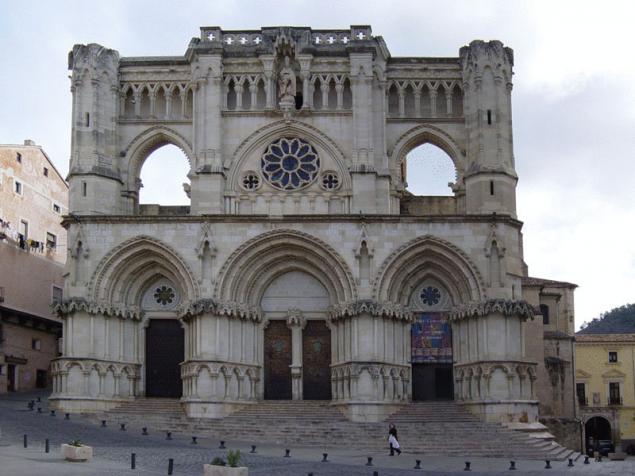
The city is gradually populated by the Christians who peacefully coexist with the remnants of the Arabs and the Jews. However, maintaining a new urban code of laws, the Fuero de Cuenca, gives rise to religious strife, which lead to the formation of blocks, inhabited on religious grounds — Muslims settle around the tower of Mangana, the Jews — Calle Zapaterias.
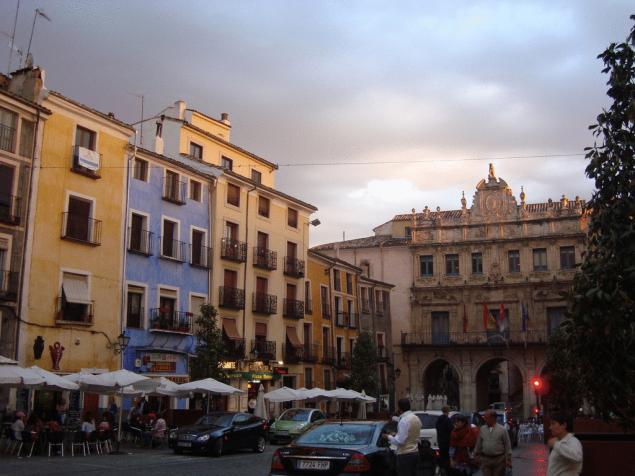
Until the XVI century the city flourished. Since ancient times it was famous for production of wool and textiles. Was cultivated and livestock and processed ivory (this craft in the Kcec has brought the inhabitants of córdoba). Attracted by money, here in search of work came artists and architects from all over Spain (mainly from the "Basque country"), then erecting beautiful buildings and palaces. So with funding from the guilds of merchants in wool and cattle, was built the Episcopal Palace, several monasteries, churches, several schools (many of these buildings have survived until now).
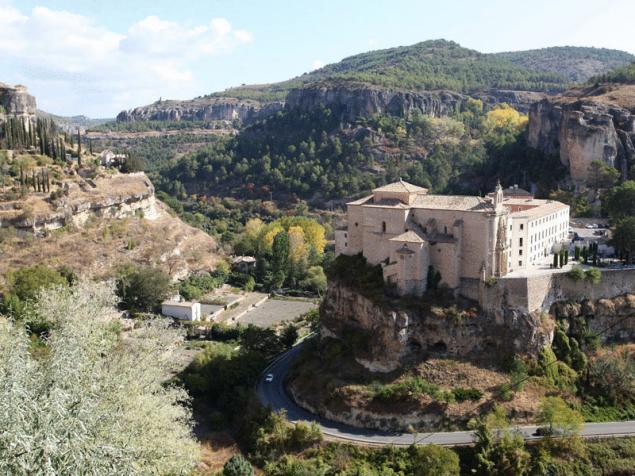
Cuenca suffered greatly from the plague of 1588, and then began a series of droughts, locusts, epidemics. Besides, king Charles IV issued a decree prasannavishy Guild production in Cuenca, the city was not a competitor to the Royal tapestry factory. As a result, the city gradually fell into disrepair. In the XVIII century the local Bishop tried to revive the weaving here, but failed. In the XIX century, Cuenca became the capital of the newly created administrative-territorial unit — the province of Cuenca.
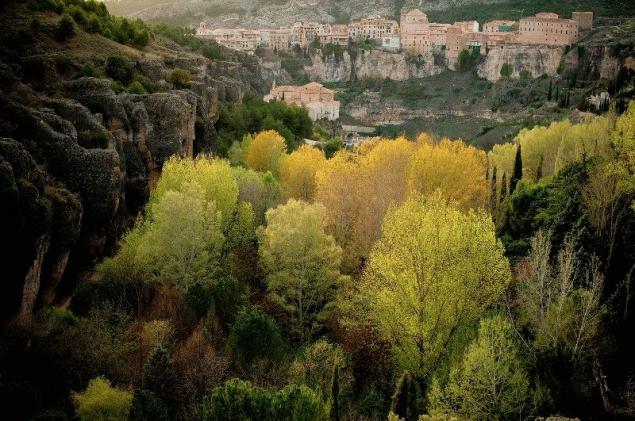
In 1996 UNESCO world heritage of UNESCO as a rare example of a well-preserved medieval fortified city.
Source: /users/155

The city is gradually populated by the Christians who peacefully coexist with the remnants of the Arabs and the Jews. However, maintaining a new urban code of laws, the Fuero de Cuenca, gives rise to religious strife, which lead to the formation of blocks, inhabited on religious grounds — Muslims settle around the tower of Mangana, the Jews — Calle Zapaterias.

Until the XVI century the city flourished. Since ancient times it was famous for production of wool and textiles. Was cultivated and livestock and processed ivory (this craft in the Kcec has brought the inhabitants of córdoba). Attracted by money, here in search of work came artists and architects from all over Spain (mainly from the "Basque country"), then erecting beautiful buildings and palaces. So with funding from the guilds of merchants in wool and cattle, was built the Episcopal Palace, several monasteries, churches, several schools (many of these buildings have survived until now).

Cuenca suffered greatly from the plague of 1588, and then began a series of droughts, locusts, epidemics. Besides, king Charles IV issued a decree prasannavishy Guild production in Cuenca, the city was not a competitor to the Royal tapestry factory. As a result, the city gradually fell into disrepair. In the XVIII century the local Bishop tried to revive the weaving here, but failed. In the XIX century, Cuenca became the capital of the newly created administrative-territorial unit — the province of Cuenca.

In 1996 UNESCO world heritage of UNESCO as a rare example of a well-preserved medieval fortified city.
Source: /users/155

